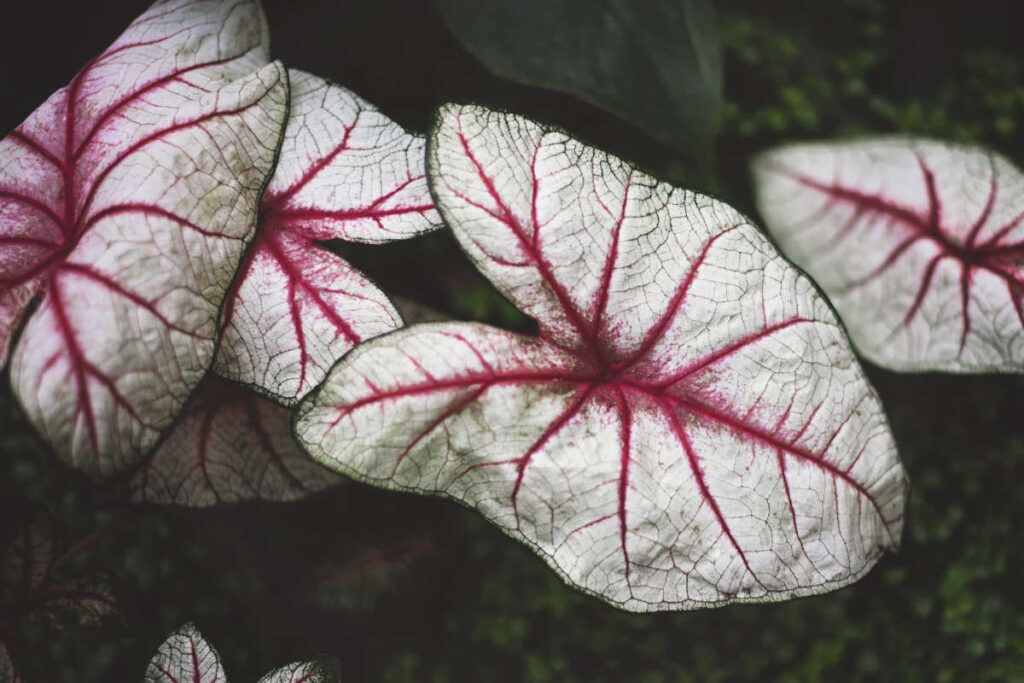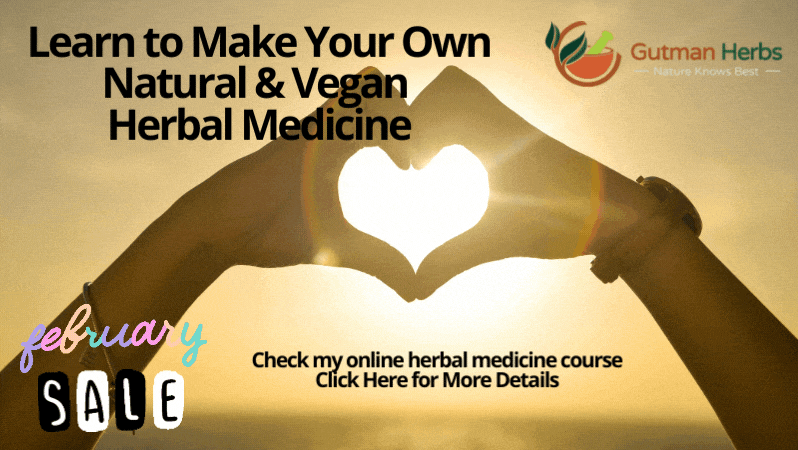Varicose veins are a common health problem in which the veins of the body grow and are revealed through the outer layer of skin.
In this post, I’ll elaborate on natural treatment for Varicose Veins.
How Do Varicose Veins Form?
Varicose veins usually appear in the legs, twin area, and thighs, but can also appear on other areas of the body.
When the valves within the veins are weakened or damaged, the blood still flows to the heart, but some of the blood leaks back through the damaged valves.
This blood backflow, also known as venous insufficiency, creates excess blood and greater pressure, which causes the veins to dilate and reverse the direction of blood flow.
Slowly the veins protrude outwards and blood leaks out of the system.
Due to the leak, the situation only gets worse with time.
Women and Varicose Veins
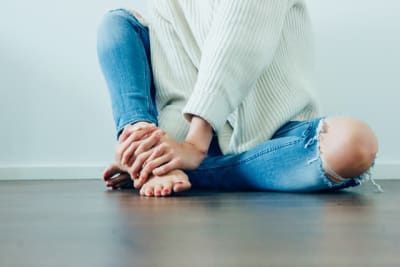
This phenomenon is more common in women than in men,
mainly due to pregnancy and female hormones, which weaken the veins.
It may also worsen in the first days of menstruation.
Other factors like standing for long periods of time and being overweight, may cause varicose veins since weak leg muscles are unable to pump blood to the heart efficiently enough.
Genetic predisposition also causes prominent veins and the crossing of legs over many years may accelerate their development, as this position puts pressure on the venous valves
What are the Symptoms of Varicose Veins?
Feeling of heat and itching inside the leg, swelling, and pain in the leg, and a feeling that the leg is heavy and tired are some of the symptoms of varicose veins.
These symptoms are worse in summer than in winter, they get worse in the evening after standing all day, and also during prolonged standing without moving.
Daily Routine to Avoid Varicose Veins

- Avoid standing or sitting for extended periods of time without movement.
If prolonged standing is necessary, you should try and move the legs from place to place every once and a while.
This way you’ll lower the pressure resulting from the accumulation of blood. - Avoid strenuous exercise, which puts heavy pressure on the veins, such as weight training.
- Avoid sitting cross-legged. Such sitting will increase the pressure on the veins of the legs.
- A good posture that helps to reduce the pressure on the veins is to sit or lie down with the legs slightly raised.
This position will improve blood flow from the legs towards the heart.
When sitting, rest your feet on a chair or on a high stool.
When lying down, place a pillow under your feet, making sure they are sloping upwards. - Avoid hot baths, prolonged sauna, long stay in the sun, and plucking hair with hot wax.
- The heat involved in these activities dilates the capillaries.
Take cold or lukewarm showers, first thing in the morning, It constricts the veins. - Be sure to wear comfortable shoes and avoid wearing shoes with high heels.
- Walking on high heels can aggravate the phenomenon of prominent veins to the extent that it already exists.
- Constipation also increases the pressure on the feet, use natural methods to relieve constipation.
Foods for the Treatment of Varicose Veins
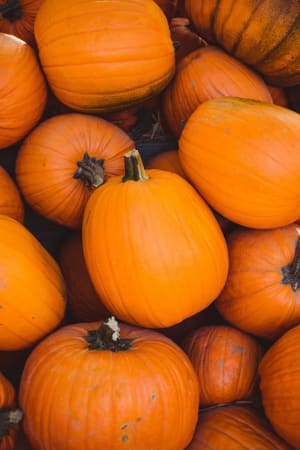
- Drinking infusions of oak and hamamelis plants may help return blood vessels to their place.
- Combine your meals with garlic, onions, and other foods that prevent clotting and help blood circulation.
- Orange vegetables may strengthen blood vessels and spleen and help reduce bulged veins.
Include pumpkin, sweet potatoes, and carrots to your daily diet. - Spicy foods may help blood circulation, therefore you should include in the daily menu foods such as ginger, hot pepper, etc.
- Dietary fiber improves blood circulation It is important for you to enrich your diet with foods rich in fiber such as whole wheat products, vegetables, and fruits.
Supplements and Home Remedies as Treatment for Varicose Veins
- Vitamin B, vitamin C, and zinc that help maintain vascular flexibility.
And by strengthening their walls they will be able to prevent or delay the appearance of prominent veins. - Pressing warm compresses on the veins for half a minute and immediately afterward applying cold compresses will help the veins to constrict and circulate the blood.
- Gently massage the feet with watermelon peel.
- Prepare a mixture of garlic cloves and crushed cabbage leaves, press on the bulged veins and tie.
Olive Oil
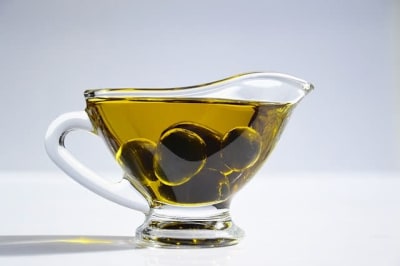
Increased blood flow is necessary for the treatment of varicose veins in the legs.
Massaging the veins with olive oil helps to increase blood circulation, so it will reduce pain and inflammation.
Mix an equal amount of olive oil and vitamin E oil and heat the mixture slightly.
Massage the veins with the hot mixture for a few minutes.
Do this twice a day for one to two months.
Apple Cider Vinegar
Apply apple cider vinegar on the skin in the varicose veins area and massage gently.
Do this every day before bed and again once in the morning.
Keep the treatment for several months to reduce the varicose veins.
Add 2 teaspoons of apple cider vinegar to a glass of water and mix well. Drink the mixture twice a day for at least a month to see positive results.
Chestnut Seeds
Chesnut seeds have been used for years as a treatment to varicose veins.
These seeds contain anti-inflammatory and anti-swelling ingredients, which can improve the appearance of swollen veins in the legs.
Use the chestnut gel on the affected area twice a day.
Regular use can significantly reduce leg pain and swelling.
You can also consume a supplement of chestnut seeds.
Please note: Do not use chestnut if you are pregnant or breastfeeding.
Parsley
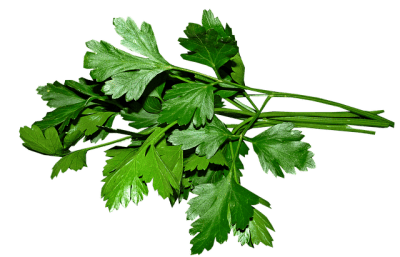
Parsley is rich in vitamin C, a powerful antioxidant that encourages collagen production and helps cell renewal.
Parsley also contains rutin, which has a role in strengthening blood vessels and is therefore effective in reducing the symptoms of swollen veins.
Boil a handful of chopped parsley in a glass of water for 5 minutes.
Remove from the flame, cover, and allow the mixture to cool.
Then, strain and add a drop of marigold essential oil.
Pour a bit of the mixture on a cotton ball and press into the affected veins.
Do the treatment every day for several months for best results.
You should also add parsley to your diet.
Using Essential Oils as Treatment for Varicose Veins
Cypress, Lavender, and Juniper Essential oils
Make a mixture from cypress, lavender, and juniper essential oils (3 drops of each oil).
Add a tablespoon of sesame or olive oil and apply it to the affected area twice a day.
Coconut Oil and Cypress Essential Oil
Mix 15 drops of cypress essential oil, with two tablespoons of coconut oil.
Apply this effective mixture to the ankles, calves, and thighs.
This treatment should be performed twice a day to shrink the prominent veins.
Cypress essential oil also stops fluid around the ankles and reduces edema.

